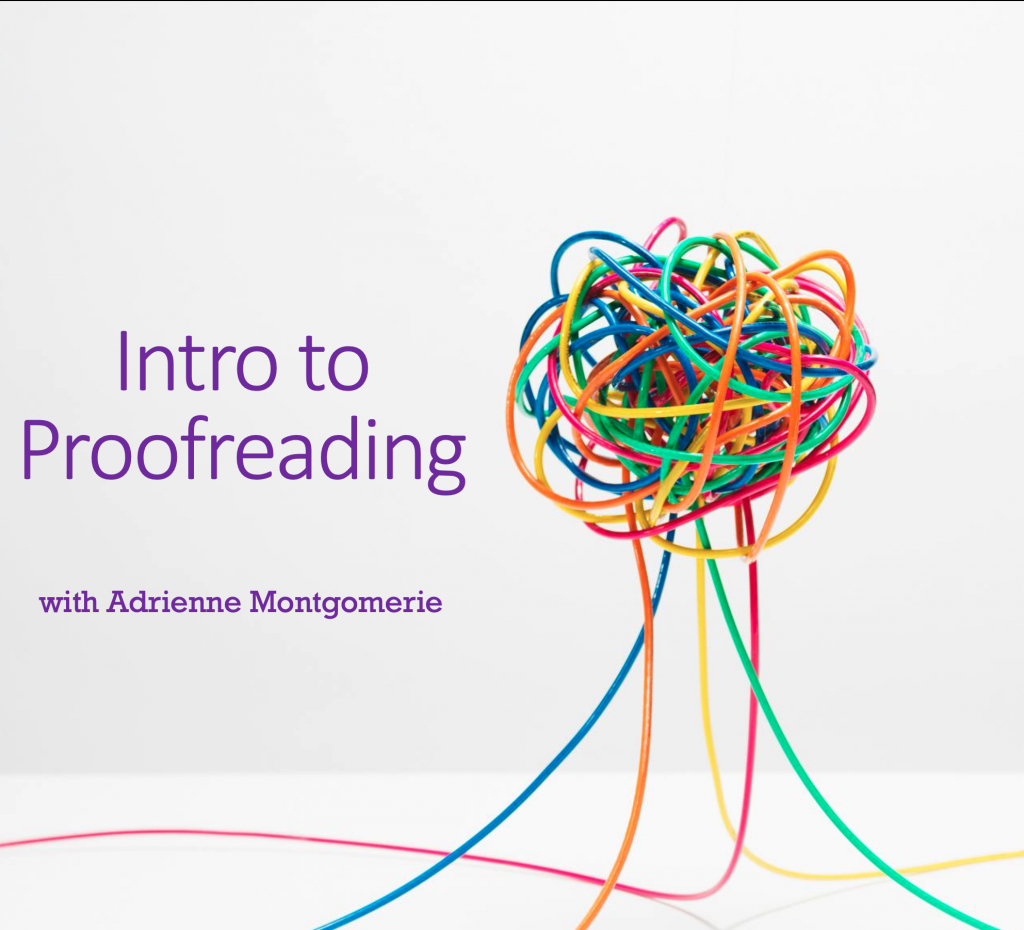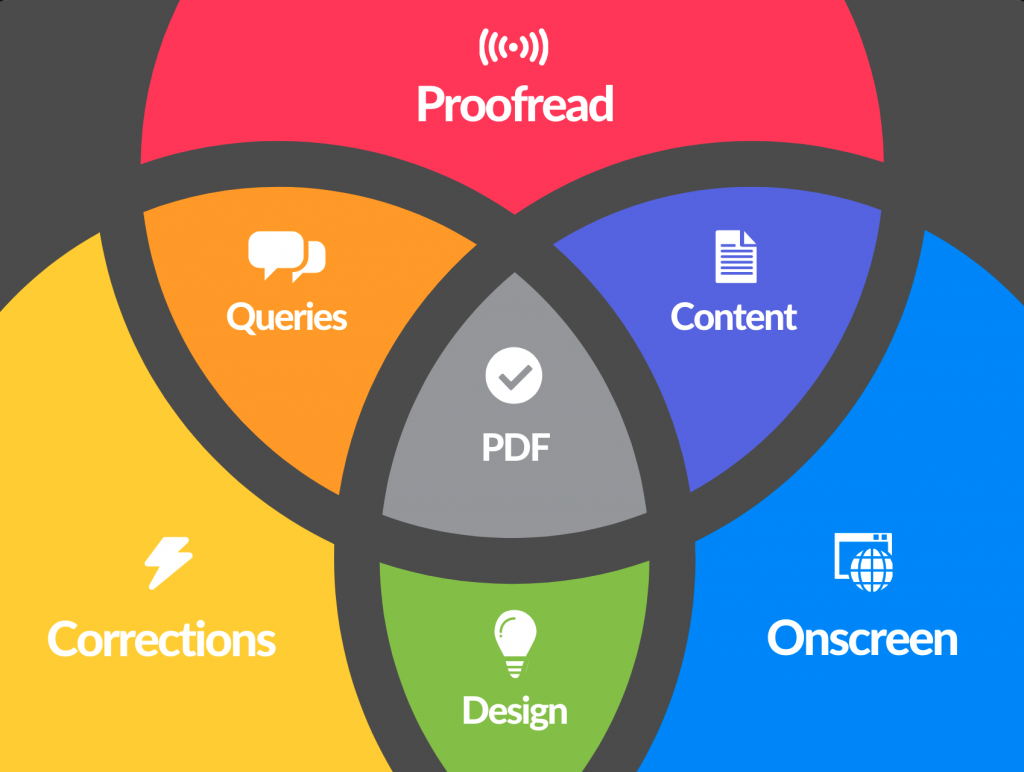In addition to following the preferences of a style guide such as CMOS, CP or APA (or a dozen others), it is professional practice to build a style sheet for each client or publisher, sometimes even for individual projects.
What Is a Style Sheet?
A style sheet is a kind of crib note that specifies the spelling, grammar, and formatting preferences for a project. It notes which dictionary is being followed and specifies correct spellings of names and places, and preferred spellings of anything there is an option for. The simplest one for the smallest one-off project might have a style sheet scribbled on the back of an envelope while a fully fleshed out one for a world-building novel would include timelines and character descriptions as Amy Schneider details in her official Chicago Guide to Copyediting Fiction. Learn how to start your own style sheet in this earlier post and even how to set a style for your whole organization.
Why Use a Style Sheet
Whether a style sheet is started by the developmental editor, author, or anyone else along the production path, these “crib notes” help keep track of decisions and preferences to make it faster and more reliable to make content consistent across a brand, publisher, or series, or even within a single publication. It also speeds communication and saves costs when shared with others further down the process, right on down to the proofreader.
What Are the Standards?
Creating and maintaining a style sheet is considered a professional standard of practice around the world. Whether or not one is provided to the client/manager is negotiable as it is legally the intellectual property (IP) of the editor who creates it (sometimes even for staff editors).
As well as laid out in the style guides that guide our profession:
Image of onions in a row (in the spirit of the French expression, “guardes tes onions” by misskursovie2013 from Pixabay




